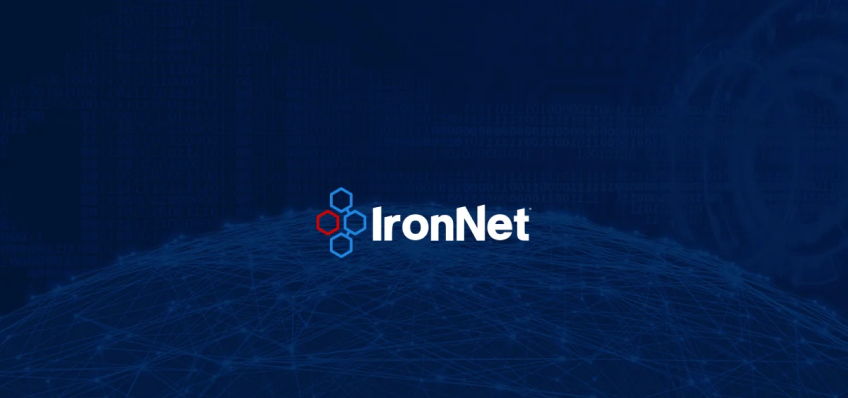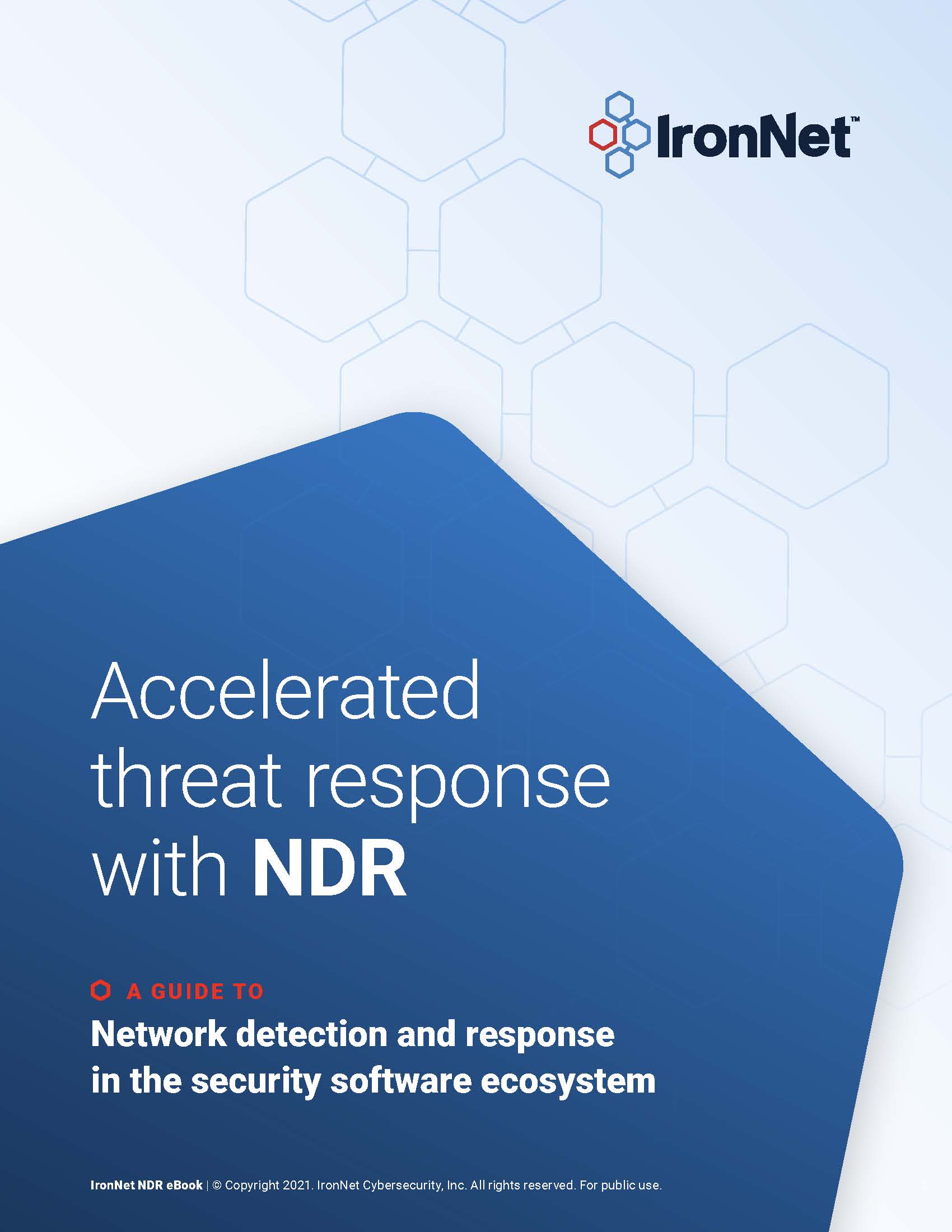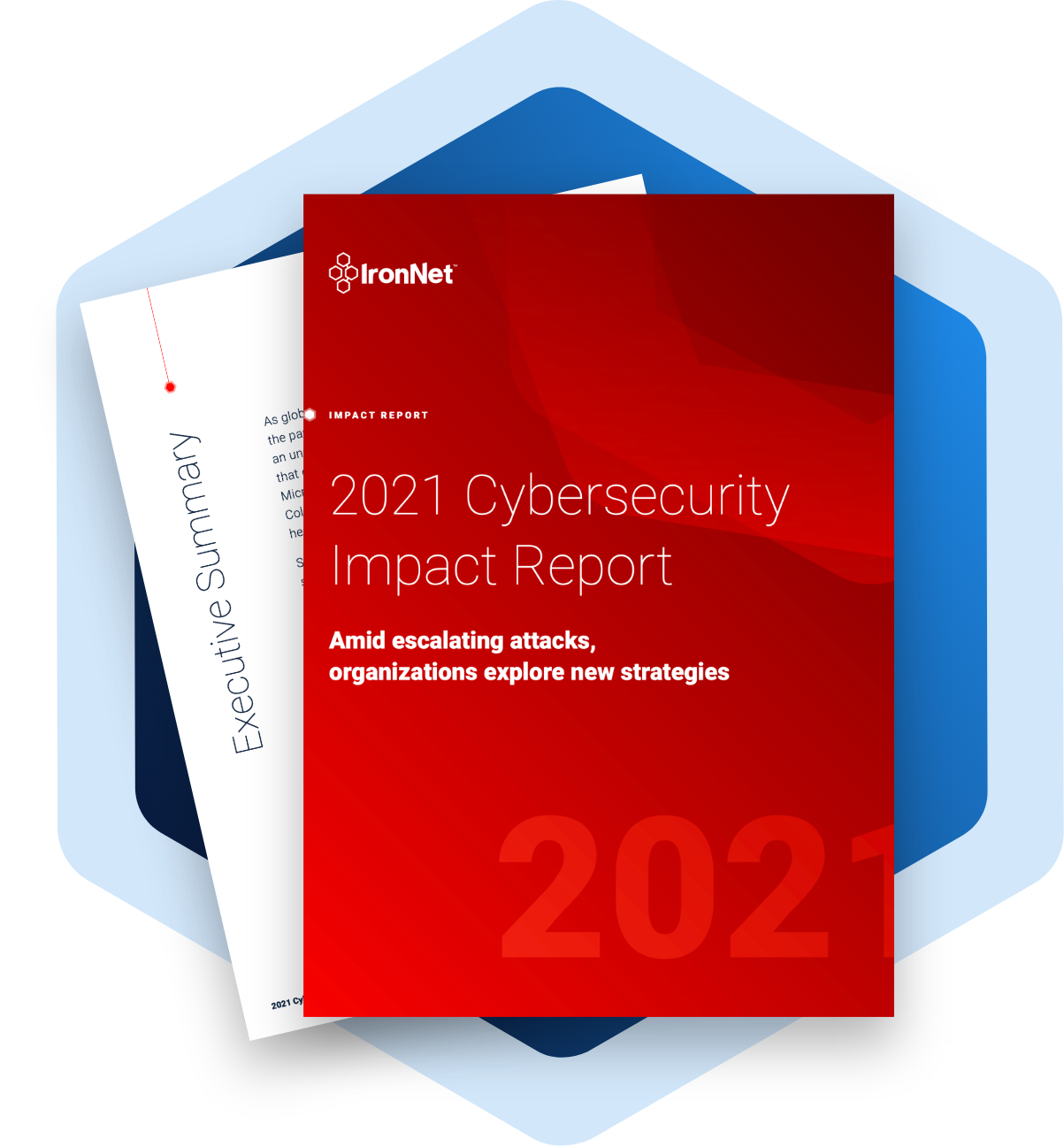Taking stock of your current IT stack is critical to improving existing processes and setting the stage for ongoing success. But how do you effectively achieve this goal in a complex, ever-changing IT environment?
Creating a framework for discovery and documentation
The more you know about your IT stack, the better. Front- and back-end architectures are critical to support both the development and deployment of new services on your network, but the expanding footprint of functional frameworks creates rapidly growing complexity. Where are services located? How do they interact? What potential security vulnerabilities do they introduce?
To effectively manage expanding IT stacks, it's critical for teams to develop robust discovery and documentation procedures. But this is often easier said than done, given the disparate location and interconnected nature of IT stacks.
For example, with some services in the cloud, some on-site, and some managed by third parties, it's easy for teams to miss the forest for the trees. The result? It's worth asking the right questions and taking the right steps to better collect stack data, correlate key dependencies, and build a dynamic inventory that can keep up with development and deployment efforts.
In this whitepaper, Taking stock: Why documenting the current state of your IT stack matters (and how to get it done), we'll examine:
- Why documenting the current state of your IT stack matters
- Questions worth asking to get a sense of current stack states
- Seven steps to help improve your discovery and documentation process
.png)



